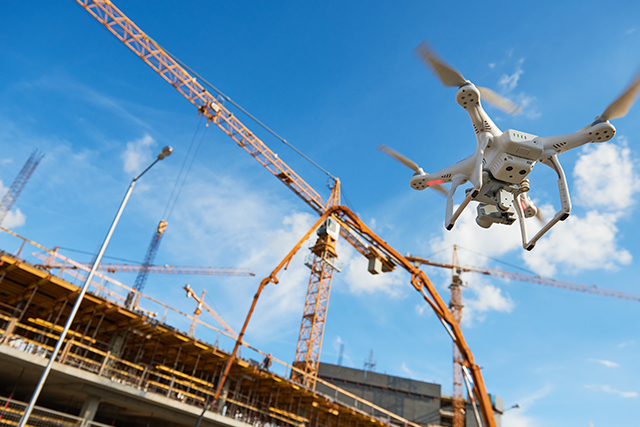Construction safety management technology trends
February 19, 2020For construction managers, one of their most important responsibilities is safety. No construction manager wants to see any of their employees hurt, and injuries can lead to project delays and increased costs. Fortunately, there are a number of tools available to assist with keeping construction sites safe. Trends in construction safety management may change from year to year, but often focus on proper training and the use of new technologies.
As reported in the Construction Citizen blog, one trend is to hold onsite training rather than online or classroom training. This enables new staff to familiarize themselves with the actual environment and to see how a task can be done safely.
A trend within that onsite training, whether dealing with new staff or new tasks, is to be sure to explain why procedures are in place.
“Offering the ‘why’ can dramatically lower a new hire’s potential for cutting corners or inaccurately believing that they can come up with a faster, more effective way to do a task,” says blog author Lauren Harrell.
Technology has had a large impact on construction safety and will continue to do so as more and more advancements are made. One technology trend is the increased use of drones in providing real-time onsite data. Drone photos and video feeds can help determine if there are any safety risks at a job site before staff actually sets foot at the location. Since drones provide a bird’s eye view, they may also spot risks at active job sites that cannot be seen easily from the ground.
Though it may seem futuristic, even in 2020, robotic exoskeletons are growing in use within the construction industry. As reported by Constructible, such exoskeletons “makes lifted objects feel much lighter, and sometimes even weightless, reducing injuries and improving compliance.” Exoskeletons, or exosuits, come in different styles for different tasks, including mounted arm, back support, arm support, crouching/standing support and whole-body suits. Construction is a very physical job and these exosuits are geared toward relieving the stress placed on the human body.
Also growing in use are smaller pieces of smart technology, including smart helmets and smart boots. Smart helmets can detect worker fatigue and instances of micro-sleep, may include rear-facing cameras, and guide workers using satellite-aided navigation. Smart boots include similar capabilities, with the sensors that provide GPS, temperature readings, and tracking of falls and fatigue.
Combining technology with training, virtual reality captures real-life safety scenarios and presents them in a way where they can be explored without putting employees at risk. At least one construction company has utilized VR to create a walkthrough based on a safety manual, Harrell shared. This enables workers to be presented with specific hazards in a real-world scenario and connect it to existing procedures.
To learn more about Capitol Tech’s degree programs in Construction, Facilities, and Safety, contact admissions@captechu.edu.



